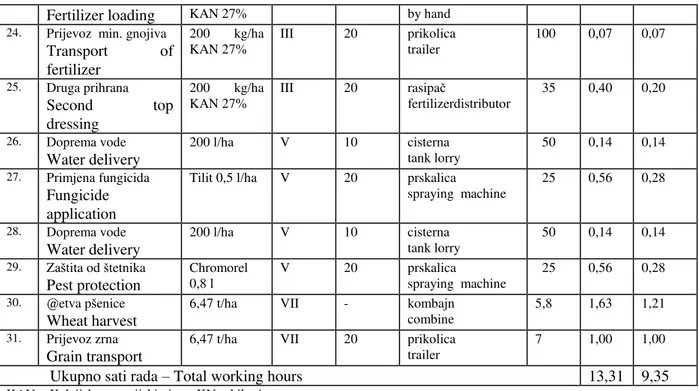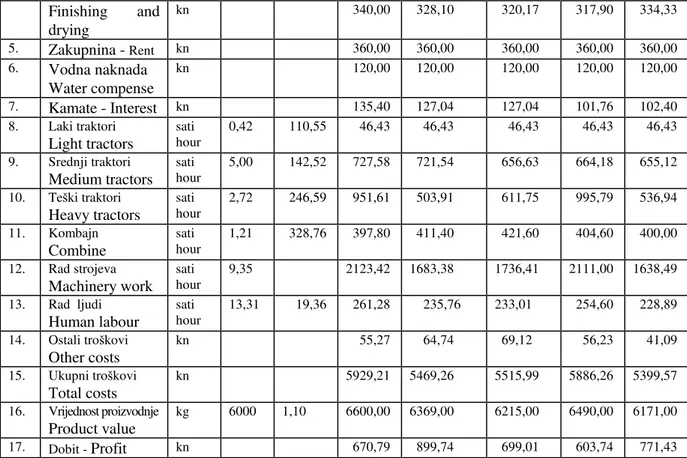ECONOMICS RESULTS OF WHEAT PRODUCTION BY DIFFERENT SOIL TILLAGE WAYS
Texto
Imagem



Documentos relacionados
Soil mechanical resistance and aeration can be managed to improve the soil physical conditions for plant growth by using different tillage systems.. The objective of this study was
(2003) assessed the effect of tillage systems (no - tillage, minimum tillage and conventional tillage) on soil chemical properties and found that the values of pH,
In the nt, the amount of potentially available P was higher in the soil layers down to 0.10 m under blue lupin and oat, and lower in the soil layer of 0–0.05 m under wheat,
Comparative radial diagrams of the soil quality under the different management systems (NTR: no-tillage crop rotation; PC: perennial crop; CT: conventional tillage and NT:
The treatments consisted of the combination of three soil tillage systems: no-tillage (NT), reduced tillage (RT) and conventional tillage (CT) and of two cover crops: maize
Soybean and wheat grain yield as related to soil penetration resistance at a matric potential of -33 kPa in the 0.10-0.20 m layer under the tillage systems: CT- conventional
The soil porous space, assessed by tomographic and binarized images, was different for the soil management under conventional tillage and no-tillage in relation to forest area
To test this hypothesis, the present study evaluated the effect of different land use and soil management systems (forest, native pasture, and conventional tillage and no-tillage in